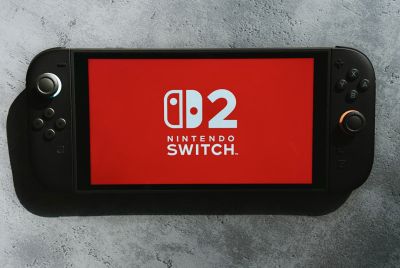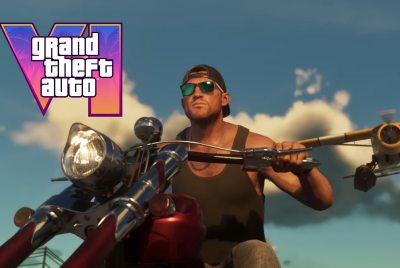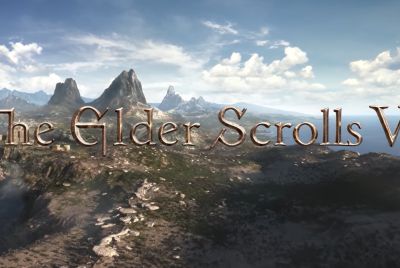Metal Gear Solid 5: The Phantom Pain review – Hideo Kojima's vision brought to life
If The Phantom Pain is to be the final Metal Gear Solid game, then Hideo Kojima has bid farewell to his series with a masterwork. MGS's first foray into a truly open world has served up its most in-depth and intricate gameplay, in turn creating Konami's most moreish stealth espionage title to date. Heavily inspired by long-championed PS Vita game MGS: Peace Walker, The Phantom Pain is wildly different to any console Metal Gear before it. Three open worlds – Afghanistan, Central Africa and Mother Base – house the game, with the first two being where most missions take place.
These are split between core episodes and smaller Side-Ops. Between completing these the player, as Punished "Venom" Snake, aka series antagonist and Snake Eater/Peace Walker protagonist Big Boss, develops Mother Base, the central point of operations for himself and his Diamond Dogs private military.
Snake does so by deciding which staff members are allocated where, which weapons, gadgets and hardware improvements are to be developed and how to expand Mother Base into a sprawling network of platforms. The depth of customisation beyond even that is extraordinary, but players aren't required to fully explore it, removing the burden of constant micromanagement which may have weighed on the minds of some players, hampering their enjoyment.
And what enjoyment there is. With Mother Base as a central point, players call in a chopper to pick them up before an in-between screen is loaded in which they can select missions from Snake's iDroid device. This gadget includes a map and handles all Mother Base-related tinkering. After selecting a mission and drop-off point, the action begins.
Where Metal Gear Solid plopped the player basically on the doorstep of the Shadow Moses facility, The Phantom Pain gives players the space and time to approach missions however they want. Afghanistan and Africa are massive expanses with huge swathes of space between each outpost and facility, making these outcrops of enemies enticing and encouraging players to set-up how they tackle the task ahead.
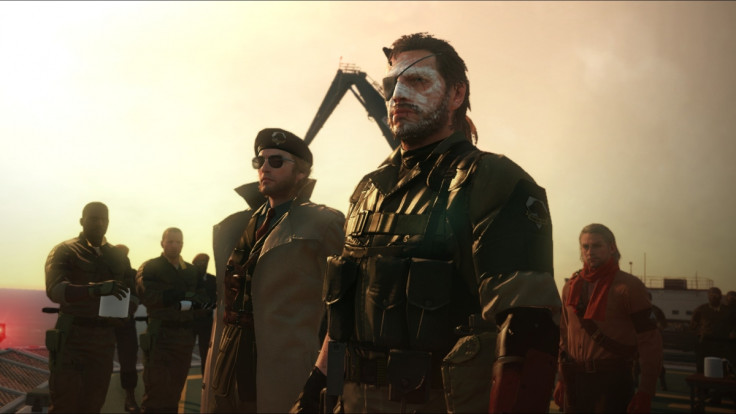
It's Far Cry 3 and 4's outposts with the depth of approach of a classic Hitman game, but mere comparisons don't do justice to just how well it all plays. Use Snake's monocular (he's only got one eye remember) to tag enemy positions. Creep up and grab lone soldiers to interrogate them and gather intel, revealing secret objectives. Set C4 at a base's power supply then sneak around the other side before setting it off, drawing guards away from you and plunging everyone into darkness. Sneak in and out without provoking even a curiosity out of patrols, or rain death from above as you pump Aha's Take On Me from the chopper's loud speaker.
Use a cardboard box or decoy as a distraction, send for an air strike, have sniper character Quiet drop in to help with dispatching far-flung guards, use a random rain or sandstorm to shield a mad head-on dash. Each method, each individual element of the moment-to-moment gameplay, comes together seamlessly and creates amazing non-scripted moments.
"Mercifully, Kojima's storytelling is sidelined."
What few flaws The Phantom Pain has are largely born out of the story, pacing and the characters. To delve into the bog that is the Metal Gear Solid lore requires a bigger article than this, so I'll keep this plot outline as simple as I can. At the end of 2014's prequel game Ground Zeroes the old Mother base was attacked and destroyed, putting Snake into a coma for nine years. Upon waking up he gets back to work alongside cohorts Ocelot and Miller, seeking revenge on those responsible.
Mercifully, in The Phantom Pain Kojima's bonkers and convoluted storytelling is sidelined – at least in comparison to past games and in particular MGS4 with its bloated fan-service. The story is split plainly into two chapters with few cutscenes longer than a matter of minutes. The story does have depth, but the detail is tucked away in audio logs available through Snake's cassette player should the player choose to listen.
This method of storytelling is perfect for what The Phantom Pain, sitting nicely alongside its open gameplay. The opening sequence of the game is rubbish, however, and the complete antithesis of the freedom that is to come. It starts well, with a few twists, but once control is given to the player movement is excruciatingly slow and control is often wrestled away. The fact we've seen most of the sequence already in the game's reveal trailer only exacerbates the problem.
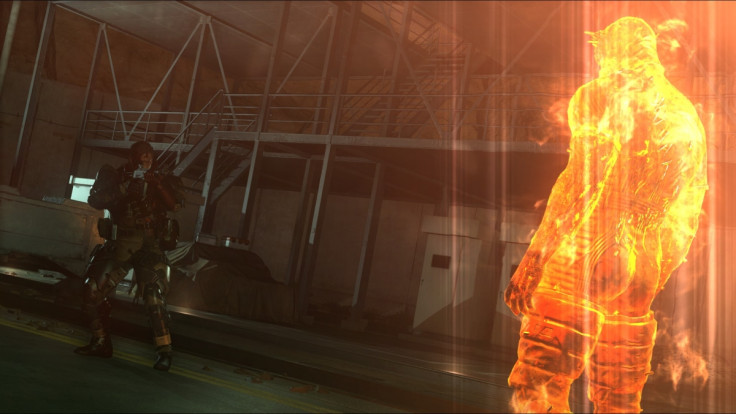
To the game's credit by the end of this hour-or-so sequence the player has a decent grasp of how The Phantom Pain controls, but mostly they're left dazed and confused by the cavalcade of (well-directed) nonsense that has stampeded past them. Partly this is on purpose, but it's no less of a problem. Thankfully, the story calms down from here on out. It still features a fair amount of indecipherable gibberish but never impedes on gameplay in the same way as past titles. Kojima has clearly learned a lesson, but the result isn't perfectly pitched. Story is spread too thinly across the substantial run-time (some 40-50 hours to complete the story) and the second half is padded out with retreads of past missions on harder difficulties.
In itself these challenges aren't a problem, just the manner in which they appear. They should have been a separate element of the game and not woven into its core. The Phantom Pain feels best when freed from its story (a feeling made better by the absence of intrusive, never-ending codec calls) so there was no need on the developers' part to sew the story into so much of the game. Players would have happily come back after the credits rolled.
"Quiet is a major problem, representing Kojima at his worst."
Disappointingly, the game's story ending is unsatisfying, undercooked and incredibly sudden. There is no climatic mission putting all your skills to the test, but to say any more would be to spoil what happens. Kojima also commits the cardinal sin of leaving an enormous plot thread hanging with no resolution. Perhaps this will be explored in additional content yet to come, but that is no excuse.
Characterisation is also weak. Big Boss's largely-silent part in the story works and Kiefer Sutherland does well when called upon, but side-characters Ocelot and Miller are either flat or one dimensional. The best character is Huey Emmerich – father of Hal from previous games. The worst, however, is Quiet. Not in terms of characterisation, in fact she's quite interesting, but in terms of her depiction.
Quiet is Hideo Kojima at his absolute worst. She's a silent, bikini-clad sniper whose sole purpose for existing in the game is to give the players someone to ogle. The fact an in-story reason is given for her lack of clothing doesn't mean the design decision is justified, especially when that reason is a load of hooey concocted to support awful, backward design. Beyond that there's a scene in which Quiet showers in a cage in front of Snake and Ocelot and later one in which she is tortured while the camera ogles her breasts. It's thoroughly weird and a major problem.
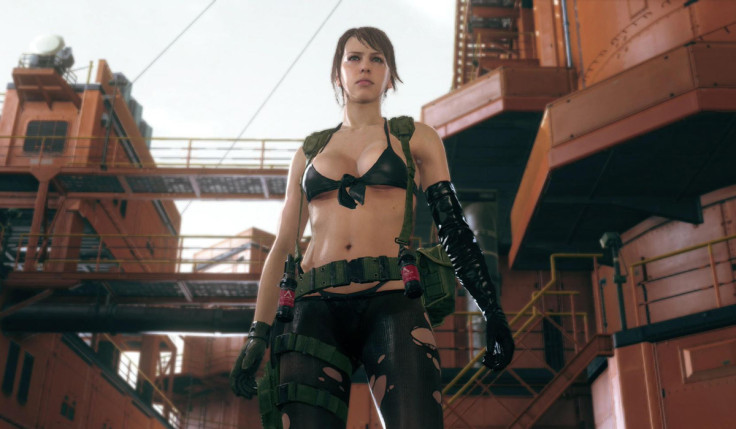
Between these awful scenes Quiet is a buddy Big Boss can take on missions for support. These buddies range from Quiet to a fast-paced personal robotic walker for fast travel, a horse which you start with and – of course – Diamond Dog (DD), a puppy you find near the start of the game which grows into Snake's best sidekick. His ability to mark enemies may feel like cheating at times, but look how cute he is!
Snake rescues a young DD with the Fulton delivery system, a real-life extraction device which (with a little realism removed) becomes the most ludicrously fun part of the game. A big dollop of silliness to remind us that despite the more grounded and realistic gameplay this is still Metal Gear. Initially it's used to extract knocked out or injured guards, transporting them back to Mother Base where they become troops of your own. But later you'll be Fulton-ing mortars, mounted machine guns, vehicles, shipping containers full of collectable materials and bears. Everything you extract will become part of Mother Base. Weaponry is placed for defence, vehicles are ready to be delivered to the battlefield and wildlife fills Big Boss's own personal zoo.
Metal Gear Solid has always been a special series. Few IPs retain the same gravitas over such long development cycles (Grand Theft Auto does, and the works of Bethesda are on their way) but only Kojima's work does so with such a unique sense of style, ambition and humour. The Phantom Pain feels like the culmination of all Kojima has wanted this series to be.
"A dream realised."
Signs of a more open, dynamic setting first appeared in MGS3: Snake Eater, hinting at what was to come. MGS4: Guns Of The Patriots was perhaps so much of an exercise in pleasing fans and tying everything together that it couldn't press on with the same vision, but evidence of the series' evolution still remains. Peace Walker was the test-bed for what was to follow, leading us to The Phantom Pain: the dream realised. Let's not pretend the concepts here couldn't be taken further – busier open worlds with bigger facilities to infiltrate would add a lot – but that doesn't belittle the achievements of Kojima and his team.
The Phantom Pain is the natural evolution of Metal Gear. It takes the series to precisely where it should be in 2015. That may be a far cry from Metal Gear Solid 17 years on, but that's how things should be. In terms of innovating and changing with the times, there is no series like it – and the result is nothing short of a marvel. Problems big and small surround it, but the core of The Phantom Pain is an extraordinary delight. An astonishing set of gameplay mechanics that come together to create the most dynamic, natural and open stealth game ever made, and one of the greatest.

For all the latest video game news follow us on Twitter @IBTGamesUK.
© Copyright IBTimes 2025. All rights reserved.





